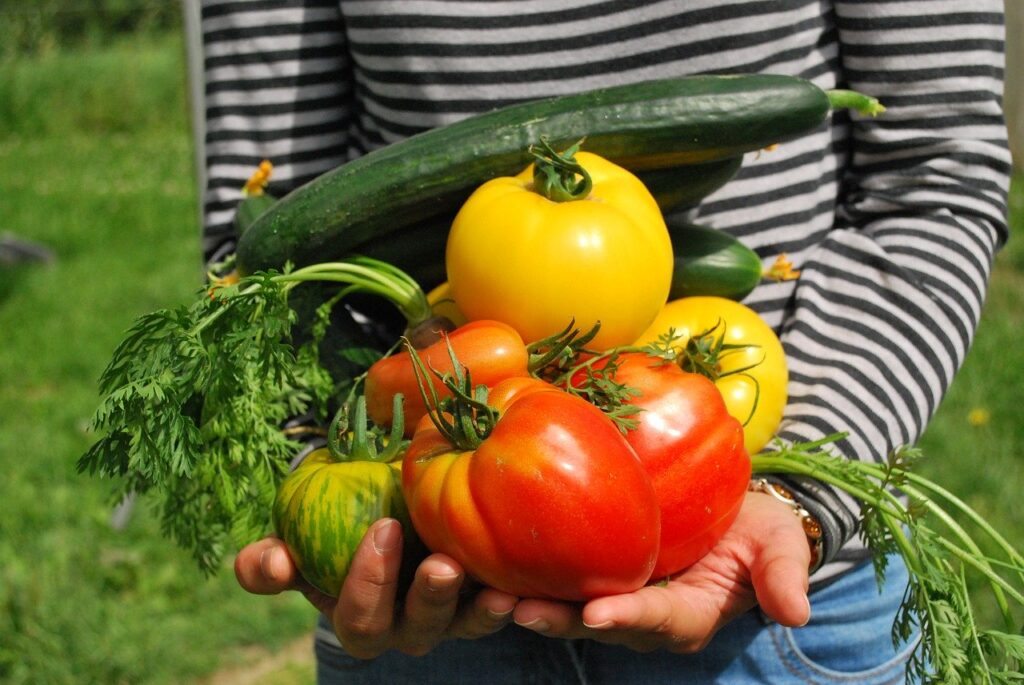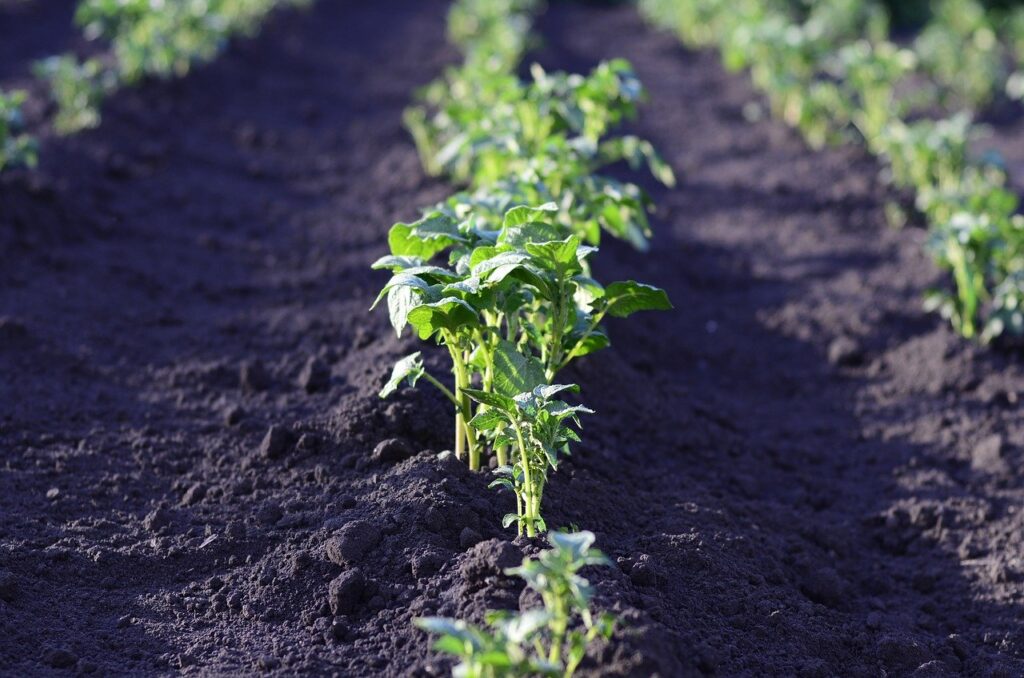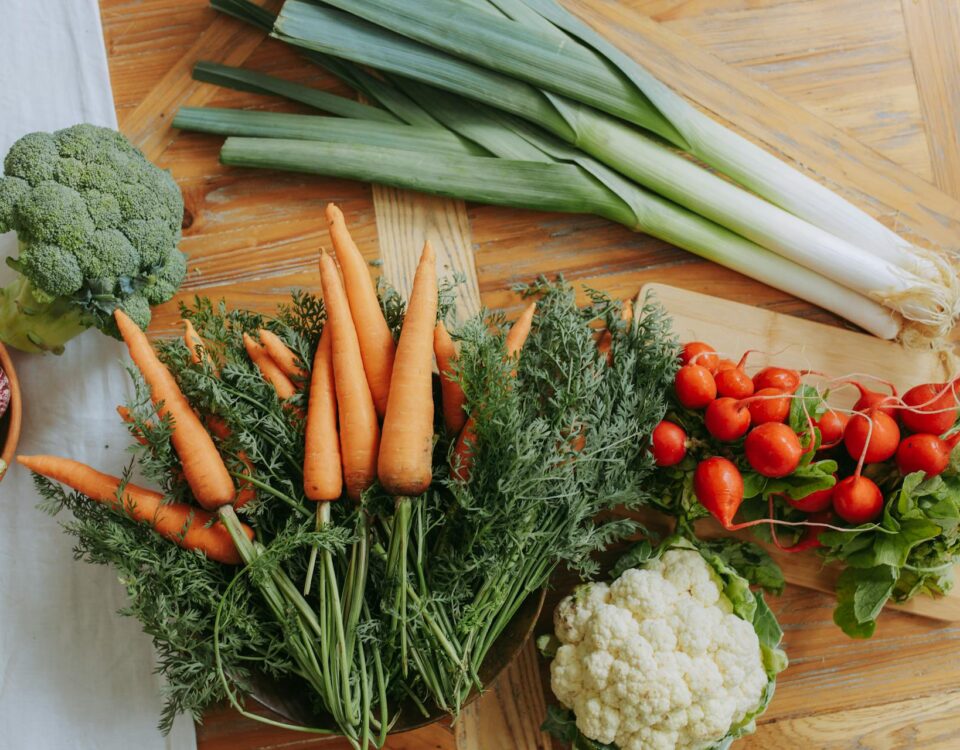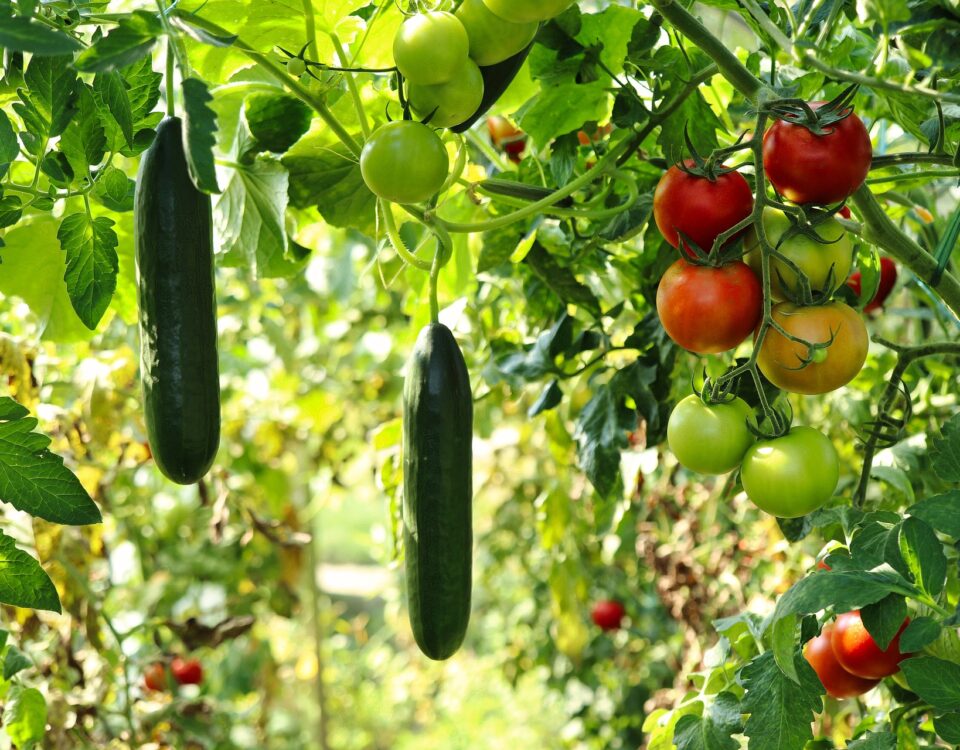
Quit Your Commute-Design Your Home Office
February 5, 2020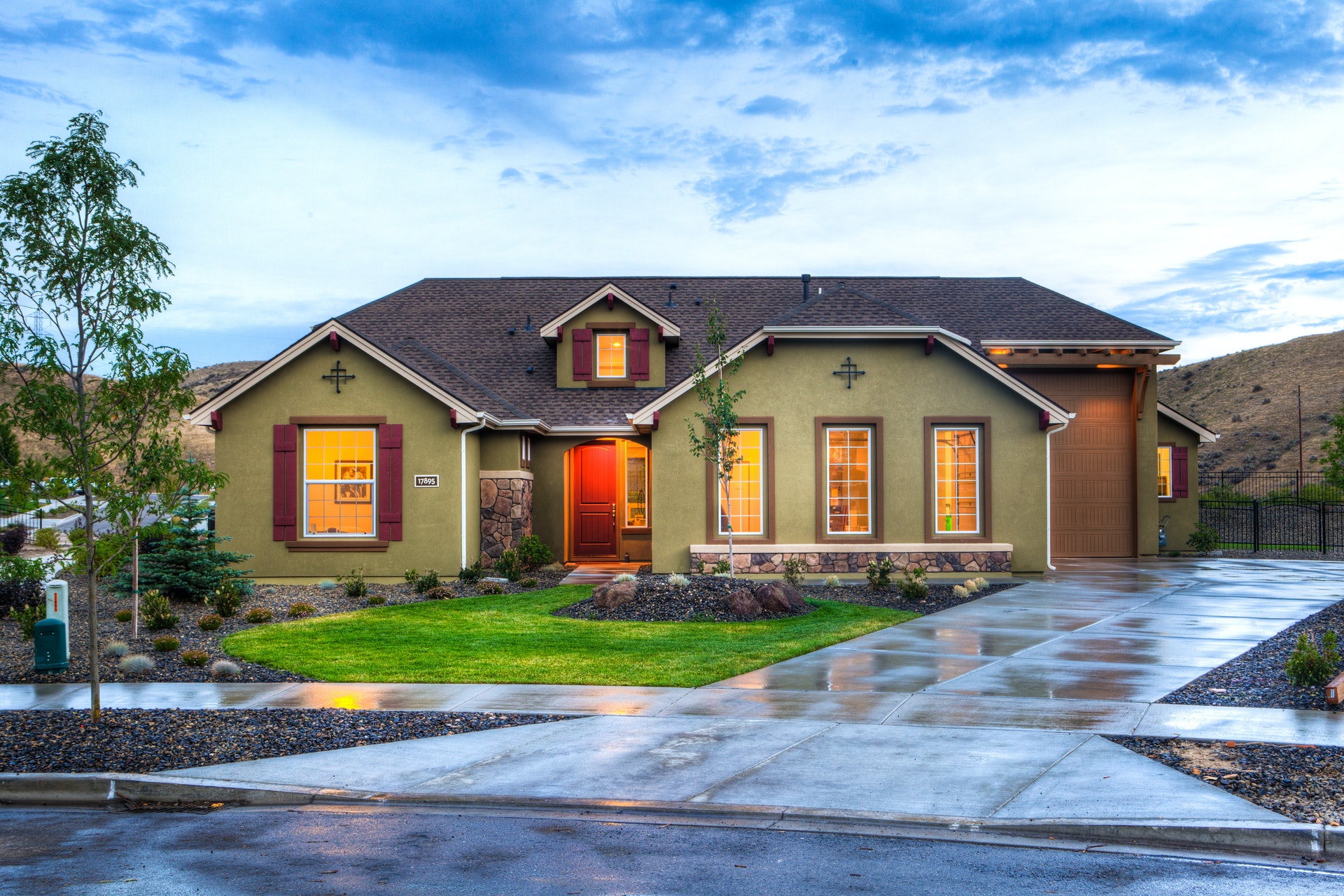
Transform Your Home-Front Door Inspiration
May 12, 2020Food Security During the COVID-19 Pandemic
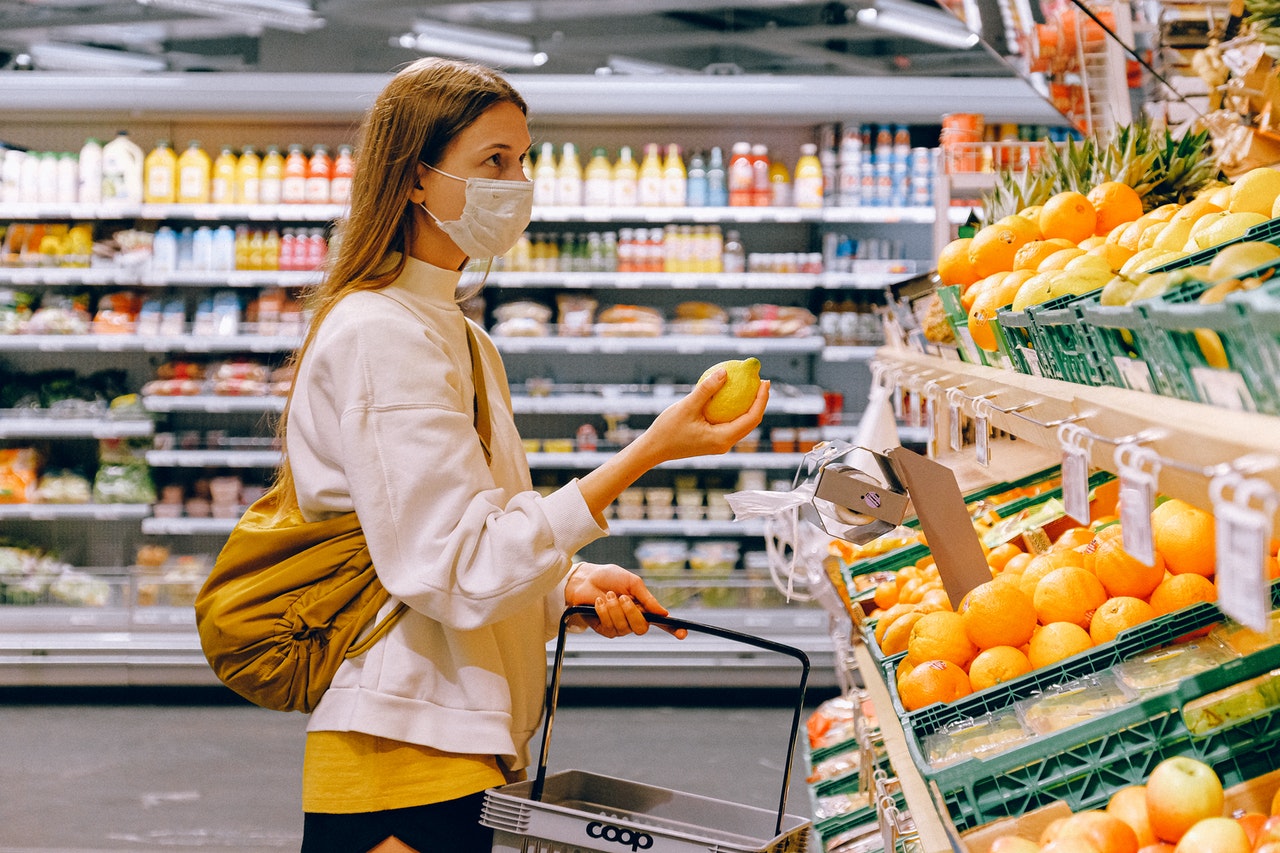
Most of us have taken for granted being able to run to the grocery store on a daily or semi-daily basis to feed our families. I don’t think many people were prepared for what we have all encountered since the beginning of the year with the shelves being bare of many of the items our families need each week to live. It has given us a real appreciation for what we have and maybe have taken for granted for so long. When you can’t find a bag of potatoes or rolls of toilet paper after going to a number of stores, you realize it would be wise not only to get through shelter in place but going forward to have a better plan in place for your family food security and more.
Feeding Your Family From Your Backyard Garden
Many of us are now looking to loosen our ties to our neighborhood grocery store and grow and harvest all our produce from our own backyard. First, you wonder if it is feasible, then how much time it will take, but it is actually easier than you think to move from recreational gardening for an occasional fresh ear of corn to growing a high percentage of your family’s fresh vegetables year-round from your own garden. A year-round garden takes some planning and initial cost but the reward are well worth the time, effort, and startup money.
It has also been proven that vegetables that children help grow and harvest they tend to enjoy so much more–your answer to picky vegetable eaters! Also, it is a great way to homeschool with shelter in place to teach math and reading. biology, and research with your kids of any age. Depending on the size of your family, the age of your children, the size of your appetites, and how much space you have to grow–these factors will dictate the garden size and so much more.
How Large of a Garden Should We Plan?
A lot of factors go into planning the size of a garden. A general rule is 200 square feet of garden for each person in your family, this allows for a harvest that would feed everyone year-round. For a family of 4, you would be looking at 800 square feet. We suggest unless you have a large and sunny space that could accommodate a 20 x 40 feet size garden plot to create your garden in raised beds. Raised beds and a French intensive planting method allow you to use much less space and still feed a family of four year-round. The French intensive method of planting encourages you to plant vertical vegetables next to low-lying or root vegetables to make the best use of space. It is possible in one 6×8′ raised bed to plant enough pole beans for a family of 4 along with enough carrots all in one bed. We generally have used 5-6 eight by six foot beds that are twelve inches deep to feed our family of six and we have more than enough to store or give away.

It is possible with hydroponics to grow your vegetables indoors or on a deck year-round, so even if you don’t have a sunny backyard for a vegetable garden you can still create food security. Shed Windows and More has created polyurethane planters that can be custom-made for your deck or patio for vegetables or anything you want to grow. Sizes range from square planters that are 8″x8″, 10×10, or 12″x12″ to rectangle planters in widths of 8, 10, or 12 inches by 24, 36, 48, 60, or 72 inches. Just give us a call at 843-399-1820 or fill out our contact form for custom-size orders and we will give you a call right back.
How Much & What Should We Plant?
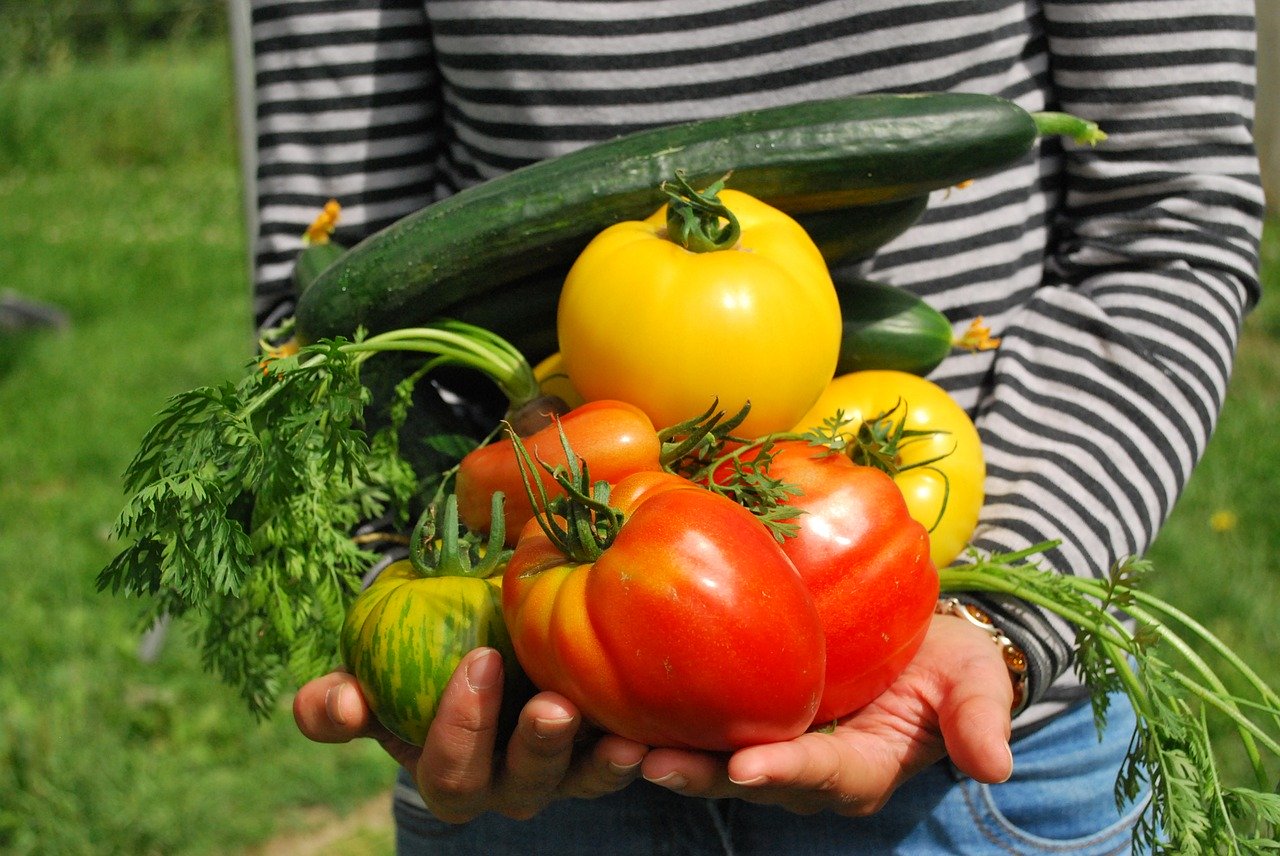
Planting what your family loves to eat is your best bet for the least amount of waste. Turning gardening into a family project helps picky eaters like vegetables more. Take into account your climate and what zone you are in the United States. If you have particularly cold weather in the winter, a fall/winter garden may not be too feasible. But if you only get cold weather and some snow, hoop gardening for fall, winter, and early spring can change completely what you are able to grow and harvest, extending your growing season to nearly year-round. You can use rebar stakes next to your raised beds, with irrigation hoops, heavy mil plastic, and snap connectors to make a great greenhouse situation to protect your plants and extend your growing season. A smaller version of the photo above is what we use in our gardens.
This list of easy-to-grow vegetables is a great starting point and the other charts on this site for growing, harvesting, and planting conditions are some of the best I have seen, all done by Grow Zones.
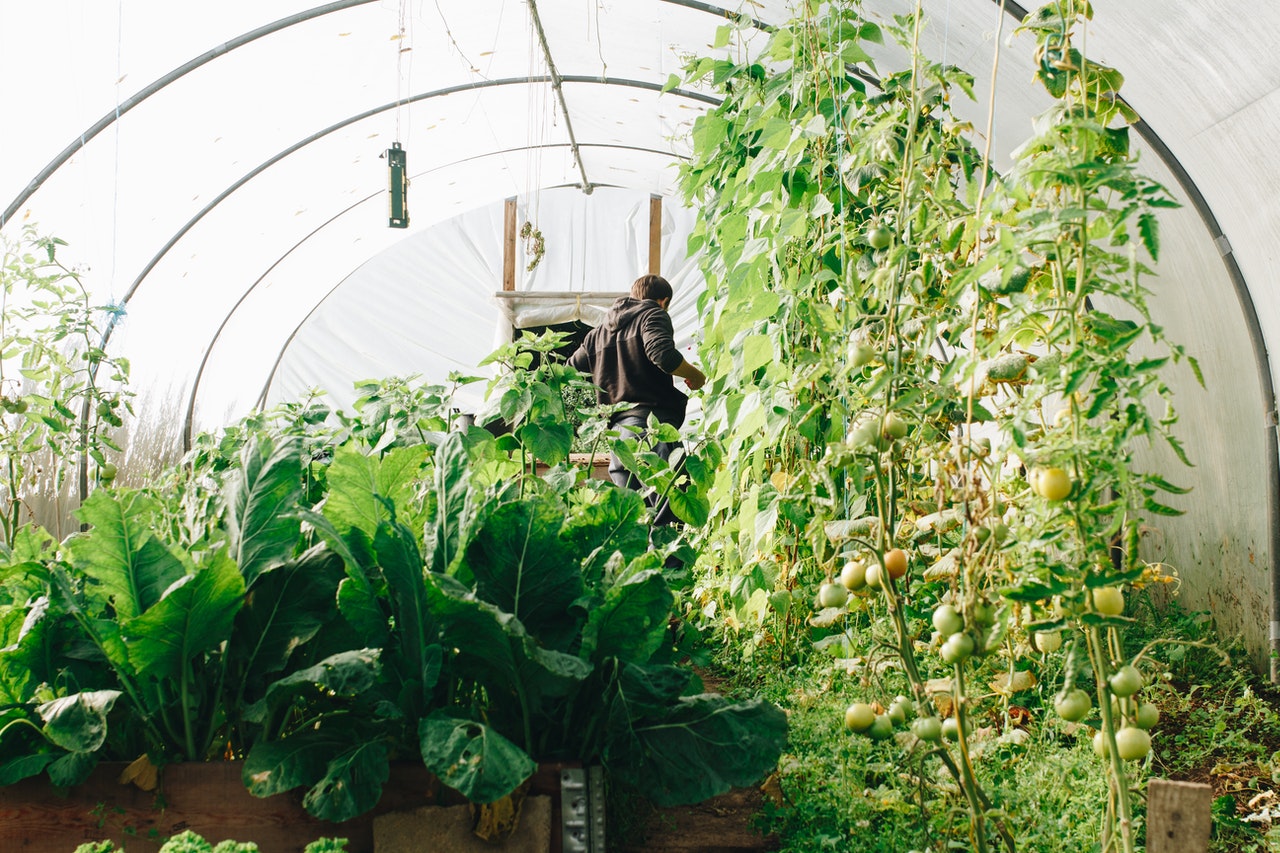
Your vegetable grow list should have a few extra plants added to it if you wish to can or dry your crop for storage. But here is a beginning list of vegetables to plants to sow for a family of four:
- Beets-10 foot row Spring & Fall Crop
- Bell Peppers- 5 to 10 plants planted in early Spring
- Broccoli-5 plants Cool Season Crop usually planted in early Fall
- Brussel Sprouts-5 plants Cool Season Crop usually planted in early Fall
- Bush Beans- 15-foot row Succession Plant to harvest throughout late Spring through early Fall
- Pole Beans- 15-foot row Plant early Spring
- Cabbage- 5 plants Spring and Fall crop
- Carrots- 10-foot row Succession Plant to harvest throughout late Spring through early Fall
- Cauliflower- 5 plants Spring and Fall Crop
- Swiss Chard- 5 plants will re-grow after harvesting the outer leaves
- Corn-15 foot row or best to plant to parallel rows for pollination Succession Plant
- Cucumbers-2 -3 hills Single planting
- Eggplant- 6 to 8 plants planted early Spring
- Kale- 5 plants Single Planting early spring
- Lettuce- 10-foot row-Succession Plant and many varieties if you cut the outer leaves the plants will continue to grow
- Onions- 5-foot row early Spring Planting
- Potatoes- 20 to 30 potato seed eyes planted very early Spring
- Peas or Snap Peas- 10-foot row, Succession Plant early spring through Fall
- Peppers- 5-foot row- Single Planting early Spring
- Radishes- 5-foot row- Succession Plant
- Spinach- 15-foot row planted early Spring and also early Fall
- Summer Squash- 2-3 hills Single planting, multiple varieties
- Tomatoes- 5 plants, more if you wish to make sauces, single planting, multiple varieties
- Turnips- 10-foot row Spring and Fall crop
- Pumpkins, Watermelons, and Melons only if space and climate allow for a long growing season
The above list should adequately feed a family of four with enough leftovers for storage, sauces, and giving to friends and family.
How To Get the Best Garden Yield
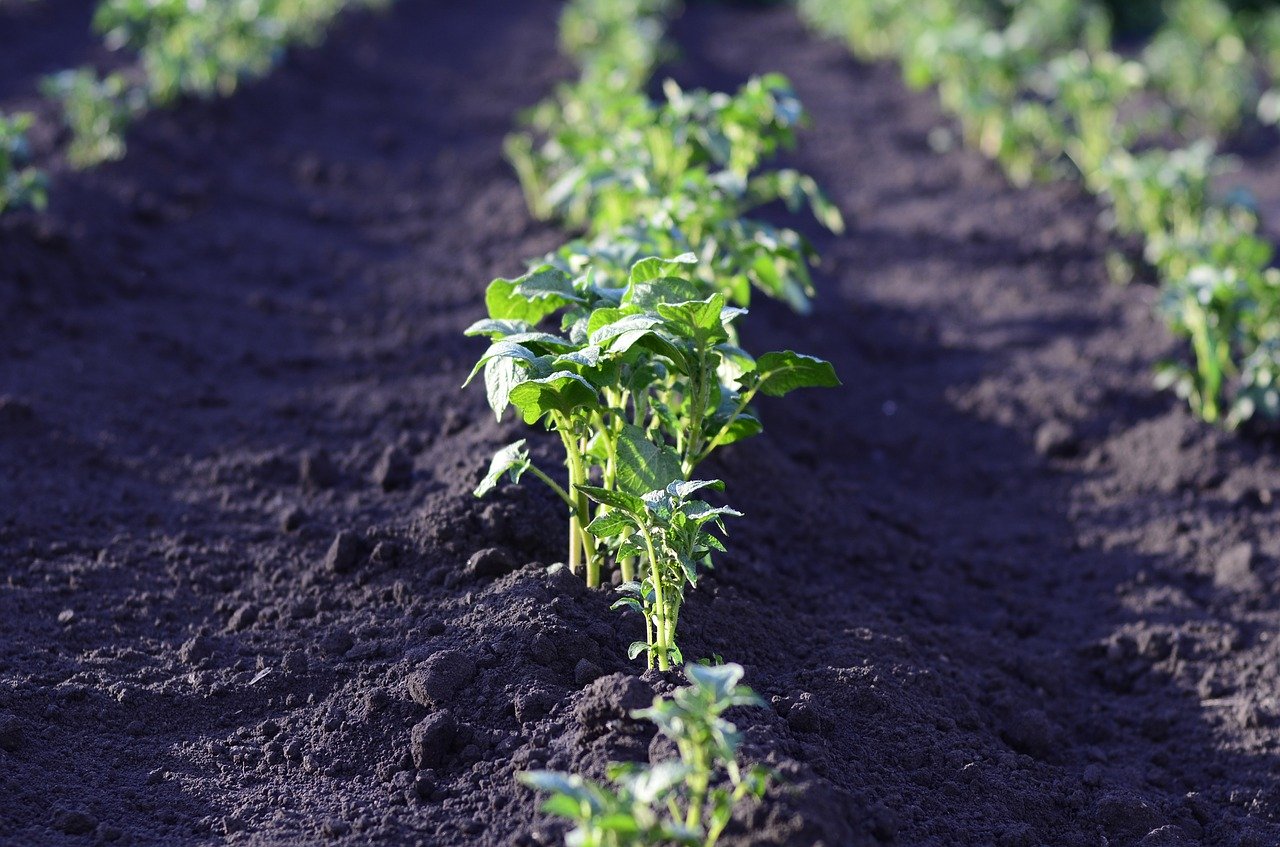
The yield from your garden depends on many factors including; soil, proper spacing, nutrients, water, and weather. There are some factors you can’t control but also steps you can take to maximize the yield from your garden:
- Succession Plant-as soon as one crop is no longer producing, pull it out and plant another one in it’s place. Plant different varieties of the same vegetable so they harvest at different times. If your second or third planting comes toward the end of your growing season choose plants that are good for cool weather such as leafy greens, broccoli, and root vegetables.
- Try Intensive Cropping-Plant your vegetables of different sizes and growth rates together or design your garden or raised beds with vertical plants with root vegetables or bush vegetables below.
- Harvest Consistently– regularly harvesting your vegetables usually amounts to a larger yield from the same space. Get in the habit of picking your vegetables at least every couple of days or once a day.
- Grow Vegetables for Your Zone-Keep in mind what vegetables grow best in your growing zone, what is the optimum planting time, time to harvest. etc. If your climate has extremes more picky vegetables may not be your best bet. If you have snow you won’t be growing artichokes–know your growing zone.
Keeping Your Harvest
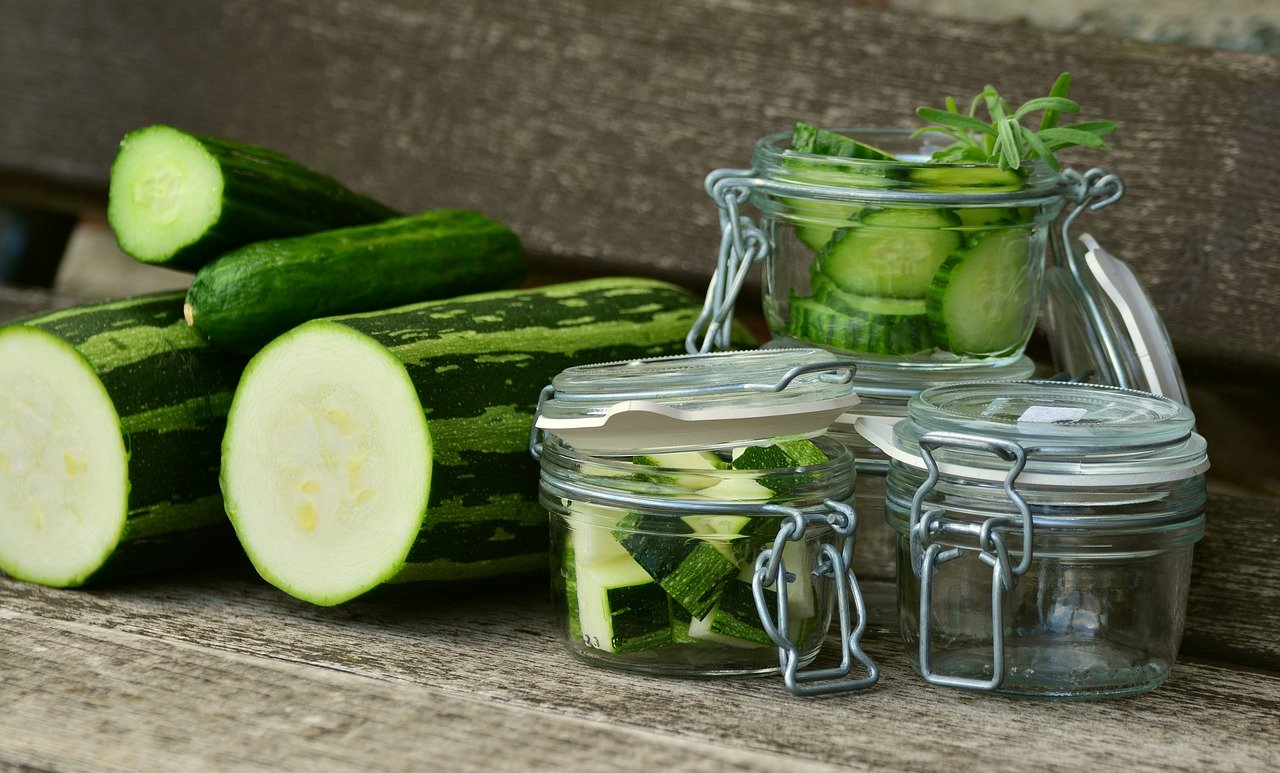
If you have harsh winters there are many ways to keep your vegetable harvest. If you are getting to the end of summer heading into fall and all your tomatoes have not ripened, pull the plants out gently and tie them upside down from a rafter in your garage or storage shed to ripen the rest of the tomatoes.
Freezing is a simple option, you can label the bags and put them in the portions you would use for cooking. Freeze diced vegetables in a single layer on a cookie sheet first and then divide and double bag so they don’t get freezer burn.
Root Storage Shelter, if you have a basement or storage area in your garage, shed or home that stays below 60 degrees consistently and is low in moisture, it can provide a great place to store root vegetables such as potatoes, carrots, turnips, and more through the winter.
Canning is a good long-term method for preserving vegetables from your garden. It does take some skill and equipment, but all equipment can be reused and it is a great way to stock up for the winter from your summer vegetable garden bounty.
Drying your vegetables in a food dehydrator preserves their color, and taste and allows you to store them in your pantry. Food dehydrators have come way down in price and it’s also a great way to preserve fruit also.
To support family vegetable gardens Shed Windows and More is also looking into manufacturing, early this spring, raised bed connectors that will allow you to easily put together raised beds of any size that will last for decades. Happy gardening and be sure to keep checking back to our online store for new gardening products. We are all learning new skill sets during a shelter in place including learning how to grow our own vegetables and be more self-sufficient.

